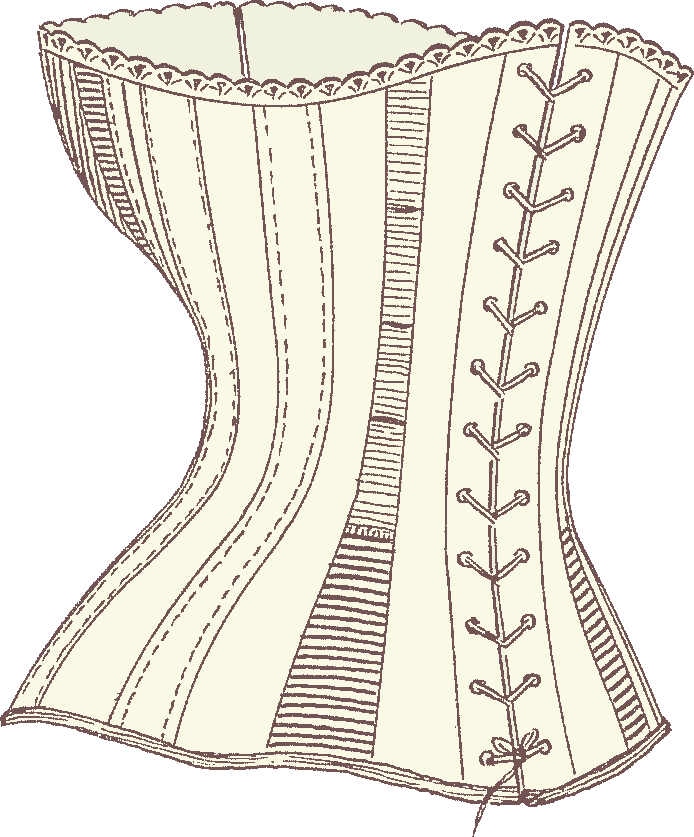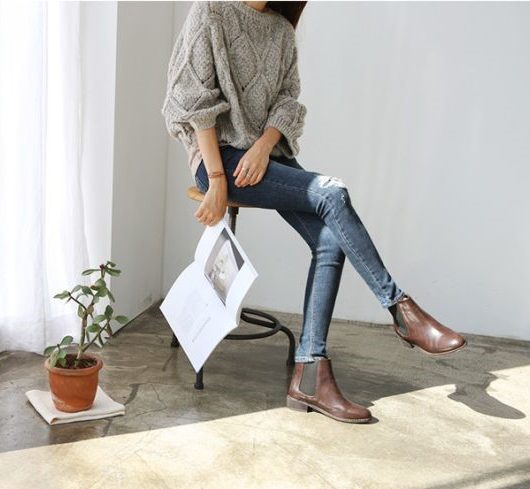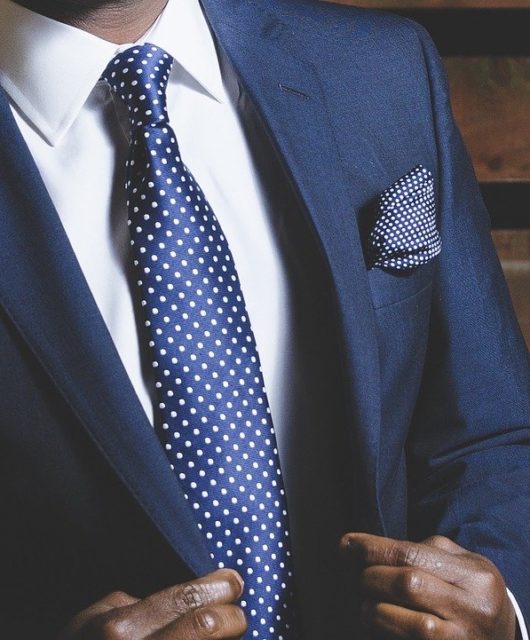Shapewear Styles: The Evolution of a Fashion Form
Have you ever wondered why we wear the things we do? While some of our garments are carefully engineered to match our activities, such as running shorts or work pants, other items are purely aesthetic. But what is the foundation for bras or neckties? A look into history can tell us a lot about what’s in our wardrobes.

Looking specifically at bras and modern shapewear, it’s been a long road from early fashion trends to the garments we have today – but ultimately, each iteration has been driven by unique cultural beauty standards. To really understand what we wear today, then, we need to go all the way back to ancient Crete.
Clothing in Crete
The people of ancient Crete believed deeply in the sensuousness of the female body, which is why rather than cover the body up, women went essentially topless and instead wore a kind of corset that emphasized the breasts and hips. This created a shape much like the modern hourglass, and we’ve seen revivals of this body shape at regular intervals throughout history. While we might not recognize the garments today, we would certainly recognize the body shape these items produced.
The Classic Corset
The garment we think of when we talk about corsets today originated around 1500 and used whalebones or horn to create the stiff shape. Unlike the women in Crete, however, women of this era attached their corsets to enormous hoopskirts, creating a narrow waist on top of a very broad base. This style reigned for nearly 300 years, until the French revolution forced aristocratic styles out of the spotlight.
Your Basic Bra
When women wore corsets, they had little or no need for bras, but at the beginning of the 20th century, in the wake of a corset revival, women began to think differently about their undergarments. Indeed, Caresse Crosby patented the first modern bra after her whalebone corset poked through her gown. Combined with the need to repurpose steel for military purposes during WWI, the corset was on its way out. Crosby ultimately sold her patent to the Warner Bros. Corset Co., opening the door to today’s undergarment industry.
The Shape of Things
Today, bras are par for the course, and are even made for young girls who have no physical use for them. When it comes to women’s undergarments, though, the dominant trend hearkens back to the corset – just without the serious risk of permanent ribcage deformities. Modern shapewear helps women attain the most desirable silhouette with the least effort.
One of the primary benefits of modern shapewear is that it’s fitted to your individual dressing needs. Rather than a corset, which is bulky and doesn’t fit well under many items, you can pick shapewear based on your dressing goals. Maybe you need a one-piece undergarment to smooth out the lines under that wardrobe staple, the wrap dress, or you want a more solid appearance under your favorite white dress shirt. Different garments call for different pieces of shapewear, producing the best look every time.
Even a few years ago, most women only wore shapewear under their wedding dresses, but more recently these pieces have become must-haves. For women headed into the office or for a night on the town, shapewear is today’s answer to an aesthetic puzzle first posed thousands of years ago.









